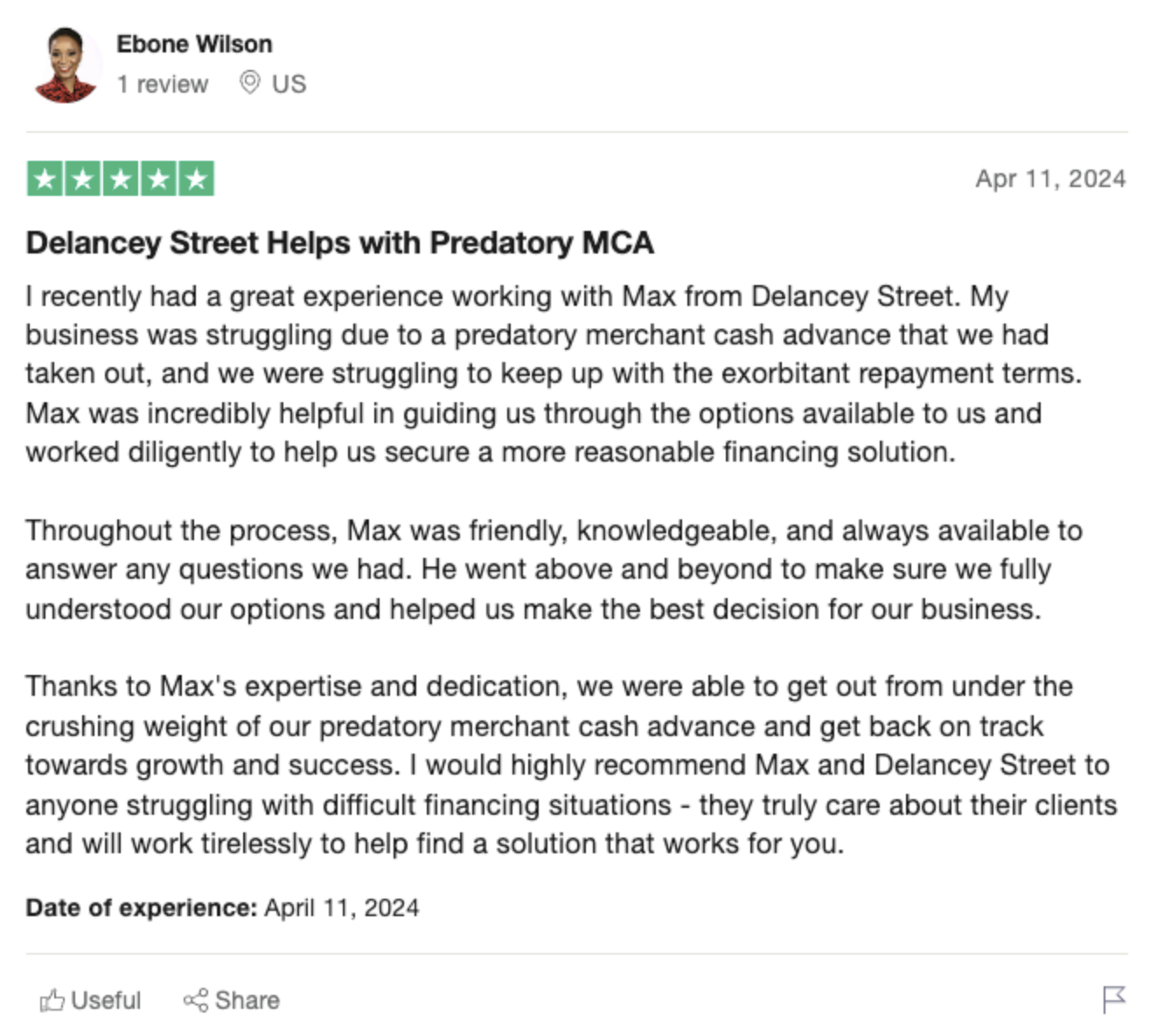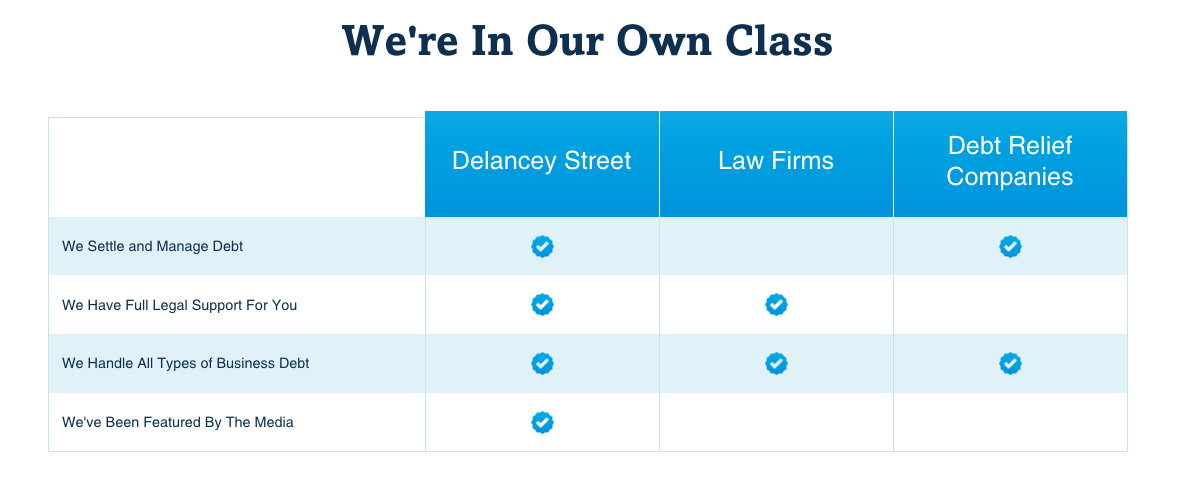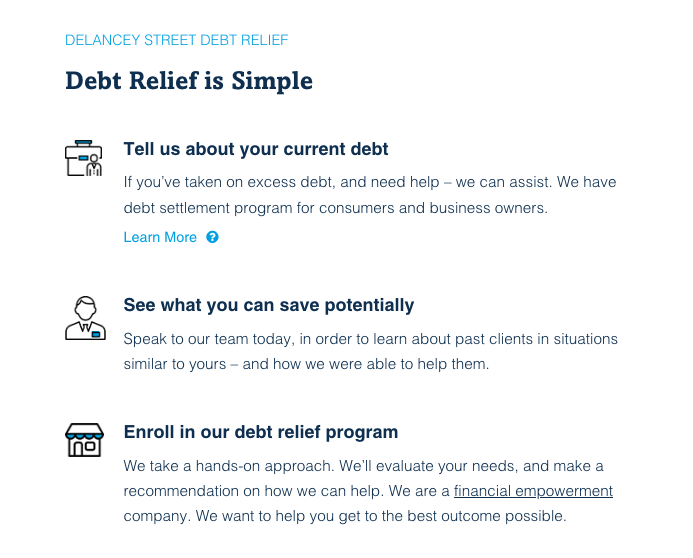How Much Debt Do I Need to File Bankruptcy?
Deciding whether to file for bankruptcy is a significant and often stressful decision. One of the key aspects involved in this process is understanding how much debt you need to actually proceed with filing. This article aims to guide you through the various factors and thresholds involved in determining the right time to file for bankruptcy. We’ll explore the basics of bankruptcy, evaluate different types of bankruptcy you can file, and discuss the debt limits for both Chapter 7 and Chapter 13 bankruptcy. Importantly, we’ll also consider when you should consult a bankruptcy attorney to help you navigate this complex field. By the end of this guide, you should have a clearer picture of whether bankruptcy is the right choice for you and under what conditions.
Understanding Bankruptcy and Its Thresholds
Bankruptcy is a legal lifeline for individuals and businesses drowning in debt. It provides a structured way to eliminate or repay debts under the protection of the federal bankruptcy court. However, filing for bankruptcy is not a simple escape route from financial woes but a profound legal step that carries long-term implications. Therefore, understanding the thresholds associated with different types of bankruptcy is crucial for making an informed decision.
 -
-The thresholds refer to specific criteria, such as debt amounts, income levels, and asset evaluations, that determine your eligibility for different bankruptcy chapters. These thresholds ensure that the process is realistically tailored to benefit those most in need of financial relief, while preventing abuse of the system. Essentially, these limits serve as a gatekeeper, filtering those who genuinely require restructuring or discharge of their debts.
You might wonder, “Is there a specific debt amount I need in order to file for bankruptcy?” The straightforward answer is no; bankruptcy laws do not prescribe a minimum debt requirement. However, the level and nature of your debt will heavily influence which type of bankruptcy you can file for and whether it is a beneficial financial strategy for you.
Given that the thresholds and criteria can be multifaceted, your first step should be to conduct a thorough self-assessment of your financial situation. This includes scrutinizing your monthly income, current debts, and asset portfolio. Understanding your own financial landscape will guide you towards the most suitable path among the bankruptcy options available.
Assessing Your Financial Situation
The first step in any bankruptcy decision-making process should be to assess your financial situation meticulously. Start by listing all your outstanding debts, including credit card balances, personal loans, secured debts like mortgages, and any other financial obligations. Note down the interest rates, monthly payments, and total amounts owed for each debt. This will give you a comprehensive view of your debt landscape.
 -
-Next, analyze your income streams. Include your salary, bonuses, freelance work, and any other sources of earnings. The goal here is to compare your monthly income to your monthly expenses and debt repayments. If you find that your income is significantly lower than your monthly obligations, it’s a strong indicator that you may need to consider bankruptcy.
Also crucial in this assessment is understanding the type of debt you owe. Unsecured debts, like credit card debt and medical bills, are handled differently in bankruptcy proceedings than secured debts, such as car loans and mortgages. Knowing the nature of your debt will help you understand what type of bankruptcy might be most advantageous for you.
This evaluation is not just a financial exercise; it’s also about understanding your stress and emotional state. Constant worry over unmanageable debt can take a significant toll on your mental health and well-being. By assessing your financial situation comprehensively, you can make a more informed and less stressful decision about whether to pursue bankruptcy.
Types of Bankruptcy You Can File
There are several types of bankruptcy you can file, each tailored to different financial situations and goals. The two most common types for individuals are Chapter 7 and Chapter 13. Understanding the characteristics, benefits, and drawbacks of each will help you decide which, if any, is right for you.
Chapter 7 bankruptcy is often referred to as "liquidation" bankruptcy. In a Chapter 7 filing, your non-exempt assets are sold to pay off your creditors. The remainder of your debts is then discharged, effectively giving you a clean slate. This type of bankruptcy is suitable for individuals with little to no disposable income who cannot feasibly pay off their existing debts.
 -
-Chapter 13 bankruptcy, on the other hand, is known as "wage earner’s plan" and is designed for individuals with a regular income. Instead of liquidating assets, Chapter 13 allows you to keep your property and proposes a 3-5 year repayment plan to pay off your debts. After completing the plan, your remaining unsecured debts may be discharged. This type is beneficial if you have substantial secured debts or wish to keep your property.
For businesses, Chapter 11 bankruptcy provides a way to restructure debts while staying operational. It’s more complex and costly than Chapter 7 or Chapter 13 and usually applies to businesses seeking to reorganize their obligations to become profitable again. Chapter 11 can also be an option for individuals with very high debt levels that exceed Chapter 13 limits.
The lesser-known Chapter 12 is specifically designed for family farmers and fishermen and provides similar relief to Chapter 13 but is tailored for agricultural enterprises. Understanding the various options and matching them to your particular circumstances will be crucial in deciding whether and which type of bankruptcy to pursue.
 -
-Debt Limits for Chapter 7 Bankruptcy
Chapter 7 bankruptcy might appear to be the most straightforward path to a debt-free life, but it’s important to recognize it comes with strict eligibility requirements, particularly regarding your income level. Unlike Chapter 13, Chapter 7 does not have debt limits per se; rather, it involves a means test to determine eligibility.
The means test evaluates your income against the median income level in your state. If your income is below the state median, you automatically qualify for Chapter 7. However, if your income is above this threshold, additional calculations determine how much disposable income you have. If you have sufficient disposable income to repay some of your debts, you may be required to file under Chapter 13 instead.
Additionally, Chapter 7 bankruptcy involves examining your overall financial situation, including your disposable income and monthly expenses. If the court determines that your financial condition does not meet the criteria for Chapter 7, you might be redirected towards Chapter 13 or another form of bankruptcy. This means calculating your monthly necessities like rent, utilities, groceries, and medical expenses meticulously becomes crucial.
If you have already undergone bankruptcy before, especially a Chapter 7, precise timelines regulate your eligibility to file again. For instance, you must wait eight years from the date of your previous Chapter 7 discharge before you can file for Chapter 7 bankruptcy again. Understanding these nuanced criteria and thresholds can significantly impact your decision-making process.
Chapter 7 Eligibility Summary:
| Criteria | Details |
|---|---|
| Income Comparison | Below median income in your state |
| Means Test | Evaluation of disposable income |
| Time Limit after Prior Filing | 8 years from previous Chapter 7 discharge |
| Asset Liquidation | Non-exempt assets liquidated |
Debt Limits for Chapter 13 Bankruptcy
Chapter 13 bankruptcy is distinct from Chapter 7 not only in its structure but also in its eligibility requirements, particularly regarding debt limits. While Chapter 7 focuses on income thresholds, Chapter 13 specifies clear debt ceilings. As of 2023, these limits are $2,750,000 in combined unsecured and secured debt.
Unsecured debt includes obligations like credit card balances and personal loans, which are not tied to any collateral. In contrast, secured debt involves loans backed by assets, such as mortgages or car loans. If your total debt exceeds these limits, Chapter 13 may not be an option for you, and you might need to consider Chapter 11 instead.
Understanding these limitations is crucial because if you fall outside these bounds, your Chapter 13 case could be dismissed or converted to Chapter 7. Not meeting these specific thresholds could make the legal process more cumbersome and less efficient, delaying your pathway to financial recovery.
The structured repayment plan under Chapter 13 also necessitates a stable income. The court will review your income and expenses to ensure that you can realistically adhere to your proposed repayment plan. This assessment is thorough and involves a detailed examination of your financial habits and future earning potential. Thus, accurately documenting and forecasting your income and expenses becomes crucial.
Chapter 13 Debt Limits Summary:
| Debt Type | Limit |
|---|---|
| Combined (Unsecured + Secured) | $2,750,000 |
| Debt Composition | Mortgage, auto loans, credit cards |
| Income Requirement | Stable income needed for 3-5 year plan |
| Plan Requirement | Feasible repayment plan |
When to Consult a Bankruptcy Attorney
Deciding to file for bankruptcy is a momentous decision, and one that can significantly benefit from professional legal advice. While it might be tempting to navigate the process on your own, consulting a bankruptcy attorney can offer invaluable guidance and expertise. A qualified attorney will help you understand the intricate details of your case, ensuring that you choose the most effective and beneficial path.
A lawyer’s expertise in analyzing your financial situation cannot be overstated. They can offer a sobering and objective viewpoint on whether bankruptcy is your best option, or if alternative debt relief strategies could be more advantageous. By laying out all possible scenarios and outcomes, a bankruptcy attorney provides a comprehensive roadmap tailored to your specific needs.
Additionally, the paperwork and formalities involved in filing for bankruptcy are extensive and error-prone. Mistakes or omissions can lead to delays, rejections, or even allegations of fraud. A bankruptcy attorney is well-versed in the procedural nuances and legal requirements, ensuring your application is thorough, accurate, and timely. This can greatly increase your chances of a successful filing and smooth legal proceedings.
Lastly, having an attorney can provide you peace of mind during an otherwise stressful time. They act as your advocate, representing your interests in court and during negotiations with creditors. This professional support can be reassuring, allowing you to focus on rebuilding your financial life without the added burden of navigating the complex legal landscape alone.
Navigating the complexities of bankruptcy is no small feat, but understanding the debt requirements and thresholds can make the process more manageable. Whether assessing your financial situation or deciding between Chapter 7 and Chapter 13, each step carries significant weight. Consulting a bankruptcy attorney can provide the expertise and reassurance needed to make this life-altering decision with confidence. By taking these considerations into account, you can move forward toward financial recovery with a clearer, more informed perspective.







